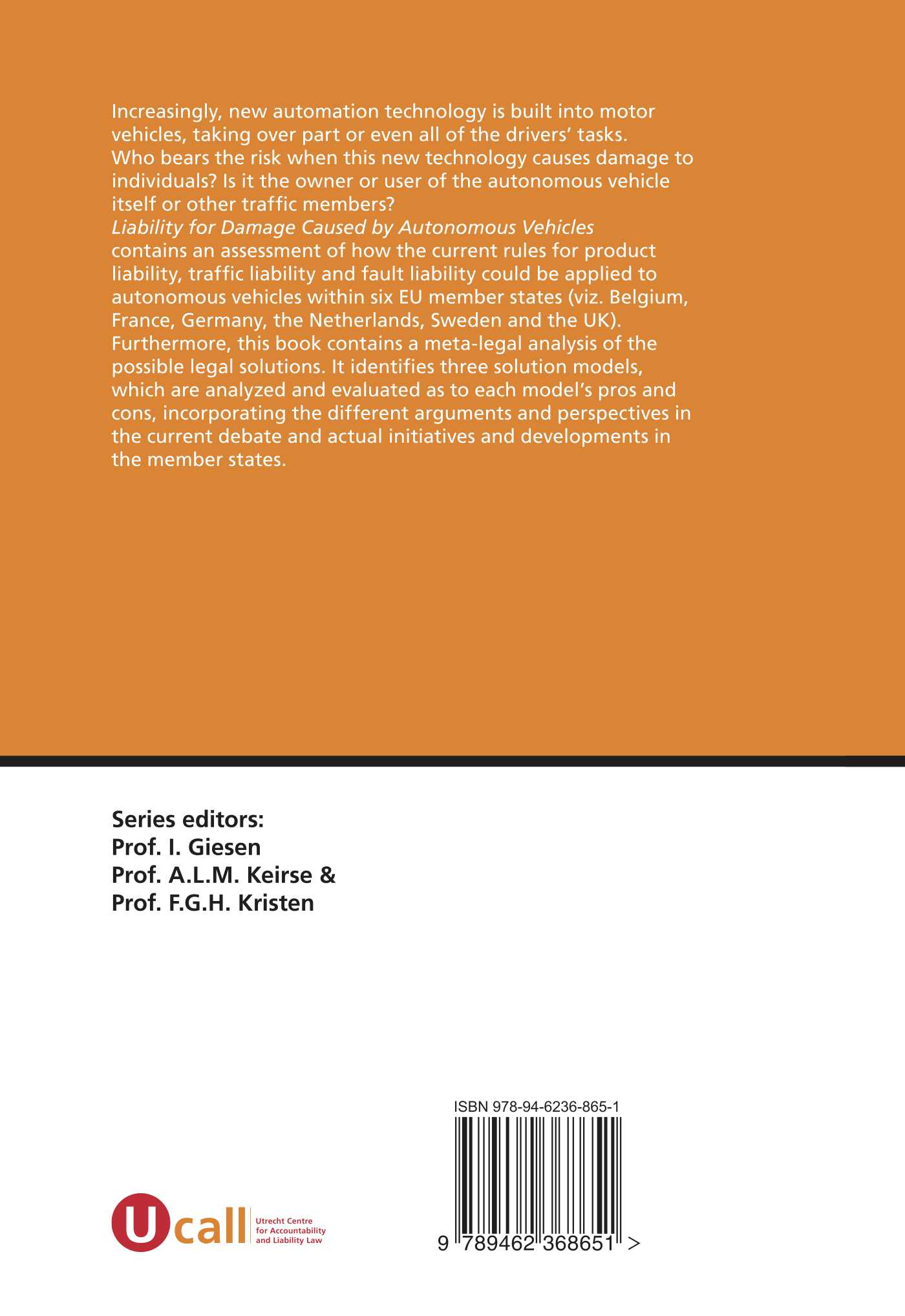
Liability in Autonomous Vehicles: Navigating Legal Challenges
The advent of autonomous vehicles has ushered in a new era of transportation, accompanied by complex legal considerations. As self-driving technology advances, questions surrounding liability in the event of accidents or malfunctions become paramount. This article delves into the evolving landscape of autonomous vehicles liability, exploring the challenges and legal frameworks shaping this transformative industry.
The Rise of Autonomous Vehicles:
Autonomous vehicles, equipped with advanced sensors and artificial intelligence, promise safer and more efficient transportation. As these vehicles transition from experimental phases to practical deployment, the legal landscape must adapt to address the unique challenges posed by self-driving technology.
Technological Advancements and Challenges:
The rapid evolution of autonomous vehicle technology introduces challenges related to liability. While the technology aims to reduce human error and enhance road safety, unforeseen circumstances or system malfunctions can still occur. Determining responsibility in such scenarios requires a nuanced understanding of the technology and its limitations.
Traditional Liability vs. Autonomous Systems:
Traditional liability frameworks often revolve around human actions. Autonomous vehicles introduce a shift where the technology itself becomes a significant factor. The legal landscape must evolve to account for situations where the vehicle’s automated system, rather than a human driver, may be at fault.
Manufacturer Liability and Product Liability Laws:
Autonomous vehicles raise questions about manufacturer liability. If a self-driving car malfunctions, determining whether the fault lies with the manufacturer’s design, software, or hardware becomes crucial. Product liability laws play a pivotal role in holding manufacturers accountable for defects or failures in autonomous vehicle systems.
Human Intervention and Supervision:
Some autonomous vehicle systems allow for human intervention or require a human driver to be present. Determining liability in situations where human intervention could prevent an accident adds complexity to the legal framework. Clear guidelines and regulations are essential to address the responsibilities of both the technology and the human operator.
Data Privacy and Security Concerns:
The operation of autonomous vehicles involves extensive data collection and processing. Concerns regarding data privacy and security emerge as crucial legal considerations. Regulations must ensure that the data generated by autonomous vehicles is handled responsibly, protecting individuals’ privacy and preventing unauthorized access.
Government Regulations and Standards:
To address liability concerns and ensure the safe deployment of autonomous vehicles, governments worldwide are developing regulations and standards. These frameworks outline the responsibilities of manufacturers, operators, and other stakeholders. Harmonizing these regulations on a global scale becomes essential as autonomous vehicles traverse international borders.
Insurance Models for Autonomous Vehicles:
Traditional insurance models may need to adapt to the unique characteristics of autonomous vehicles. Insurers must consider factors such as the vehicle’s automation level, the role of human operators, and the potential for technology-related failures. Developing insurance models that align with the nuances of autonomous technology is an ongoing challenge.
Legal Precedents and Case Studies:
As autonomous vehicles become more prevalent, legal precedents and case studies will play a crucial role in shaping liability standards. Landmark cases and legal decisions will provide guidance on how courts interpret liability in autonomous vehicle accidents, influencing future legal frameworks.
Public Perception and Trust:
Building public trust in autonomous vehicles is vital for their widespread acceptance. The legal framework must address not only liability concerns but also consider how perceptions of safety and trustworthiness impact the adoption of self-driving technology. Clear and transparent legal structures contribute to building confidence among both consumers and industry stakeholders.
In conclusion, navigating the legal challenges of autonomous vehicles liability requires a collaborative effort from technology developers, policymakers, legal experts, and the public. As self-driving technology continues to advance, the legal landscape must evolve in tandem, ensuring a fair and effective framework that promotes innovation while safeguarding the rights and safety of all road users. For more insights into this evolving field, visit Autonomous vehicles liability.

